Los Angeles County Museum of Art (LACMA) — David Geffen Galleries
Los Angeles, California, United States


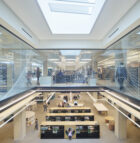
Through strategic renovation and expansion, the Appleton Public Library has been revitalized as a bright and welcoming community hub.
The renovation and expansion of the Appleton Public Library reimagines a longstanding community landmark as a flexible, light-filled hub for learning, gathering, and exchange. Located in downtown Appleton, Wisconsin, the project renews the 1981 brutalist structure with contemporary spaces that improve environmental performance and reinforce the library’s role as a civic institution.

Strategic interventions have transformed the once dark, deep floor plates into open, daylit, and adaptable interiors. Informed by an intensive community engagement process, the design responds to public aspirations while demonstrating how reinvestment in existing structures can deliver lasting civic and environmental value. By expanding and repurposing the library rather than rebuilding, the project delivers significant civic and environmental value within constrained budgets.
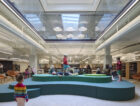
A new double-height, oval-shaped glazed entry establishes a welcoming point of arrival, leading into a bright commons for reading and events. Staggered openings carved into the existing floor plates, linked by open staircases, connect three levels: children’s collections and play zones on the lower level, teen and adult areas on the ground floor, and non-fiction collections above. Strategic reorganization expanded the children’s area by 90 percent, creating vital indoor space for long Wisconsin winters without increasing the building’s footprint.
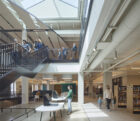
Two new atria bring daylight deep into the east and west zones, while a third-floor addition houses a flexible 300-person meeting room that can be subdivided for smaller groups. Distributed throughout the building are coworking spaces, study rooms, and multipurpose areas—amenities that position the library as a resource for users of all ages.
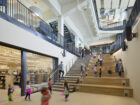

The decision to renovate the library is not only a forward thinking approach rooted in sustainable goals—but also reflection of the community’s profound respect for a civic asset that has given so much to the City of Appleton, myself included.
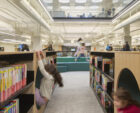
The community’s call for the Appleton Public Library to embody their values and endure for future generations required a design that looked beyond immediate needs—reducing long-term energy use, operating costs, and carbon impact. Beneath the parking lot at the southern entrance, a geothermal field of 70 boreholes, each drilled 436 feet deep, supplies renewable heating and cooling. Design strategies including expansive south-facing glazing, minimized east- and west-facing openings, and motorized shading further optimize daylight and energy performance. The building’s new enclosure of bronze aluminum panels and insulated glazing significantly improves thermal performance and energy efficiency.
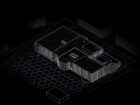
The library is equipped to accommodate future upgrades including solar panels, EV charging stations, and a rooftop garden, positioning it as a sustainable civic resource for decades to come.
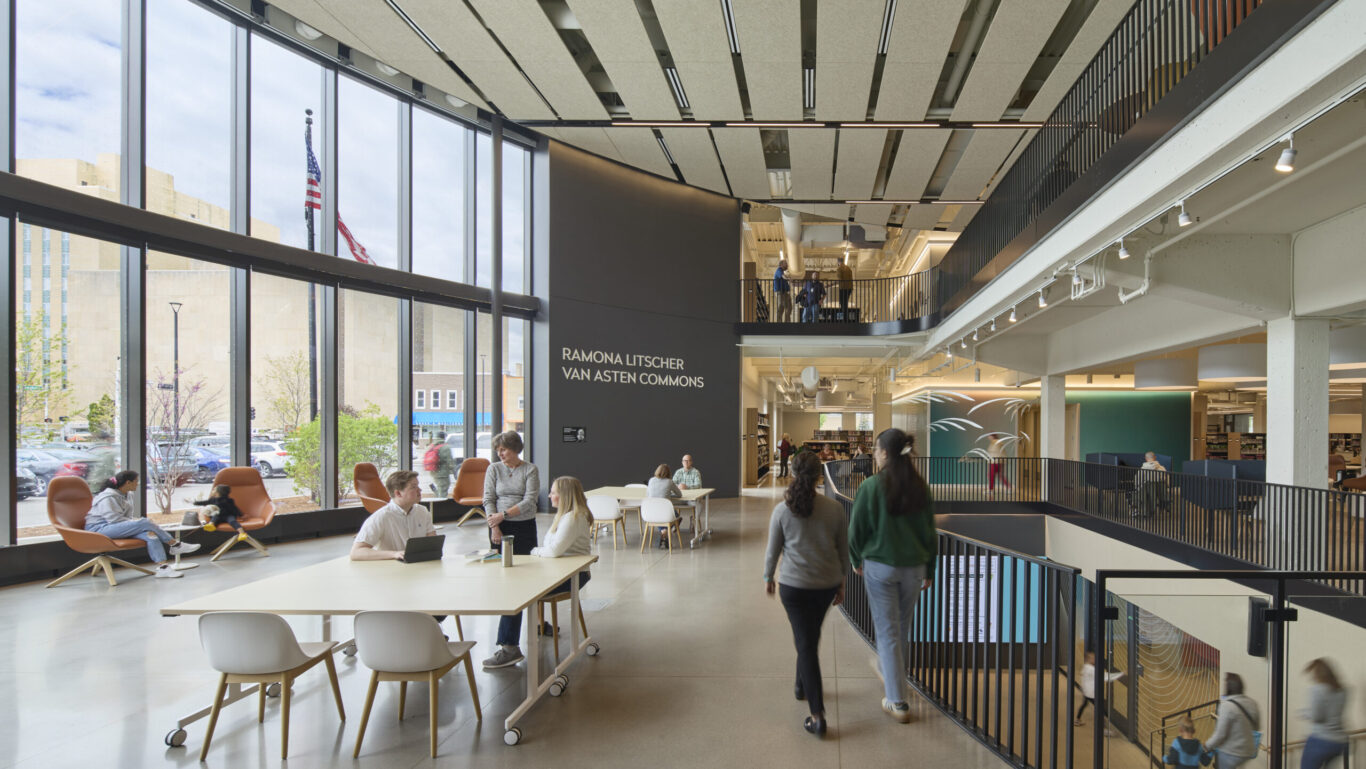
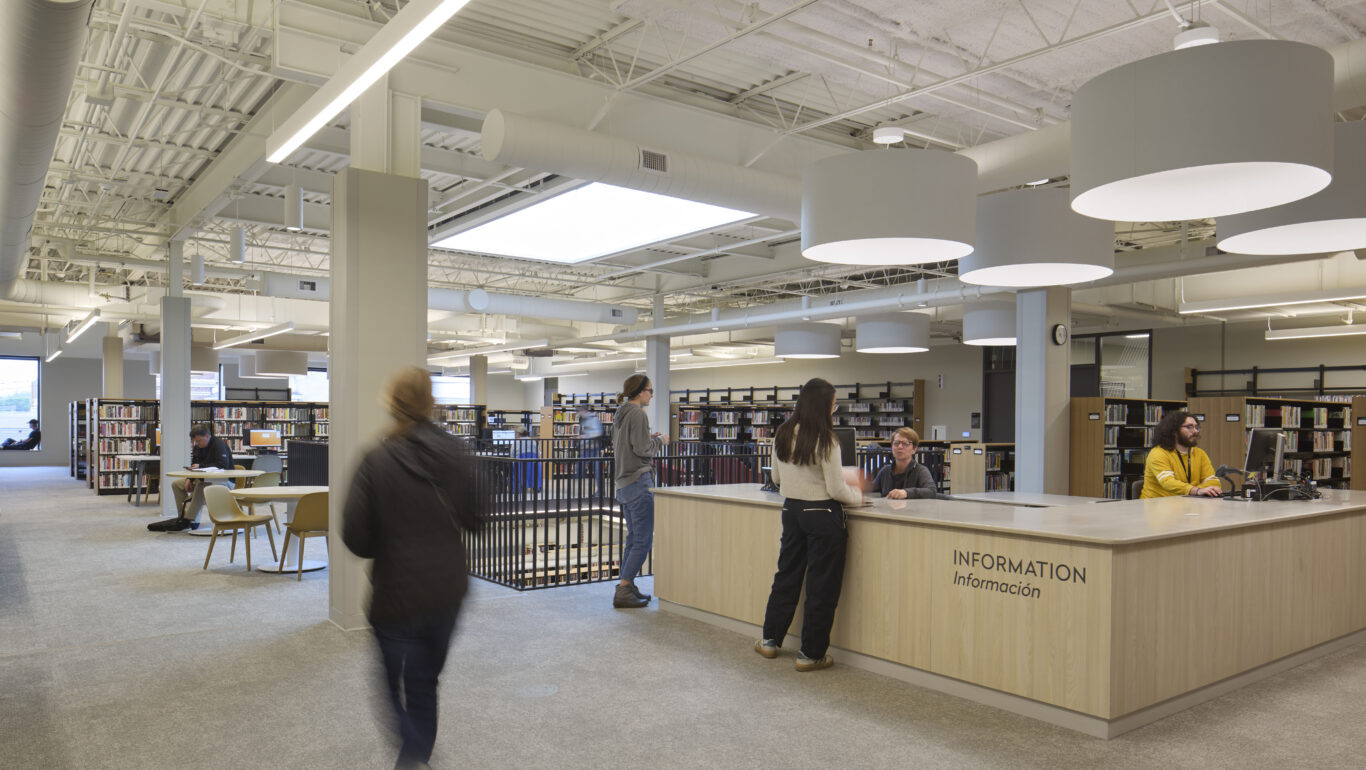

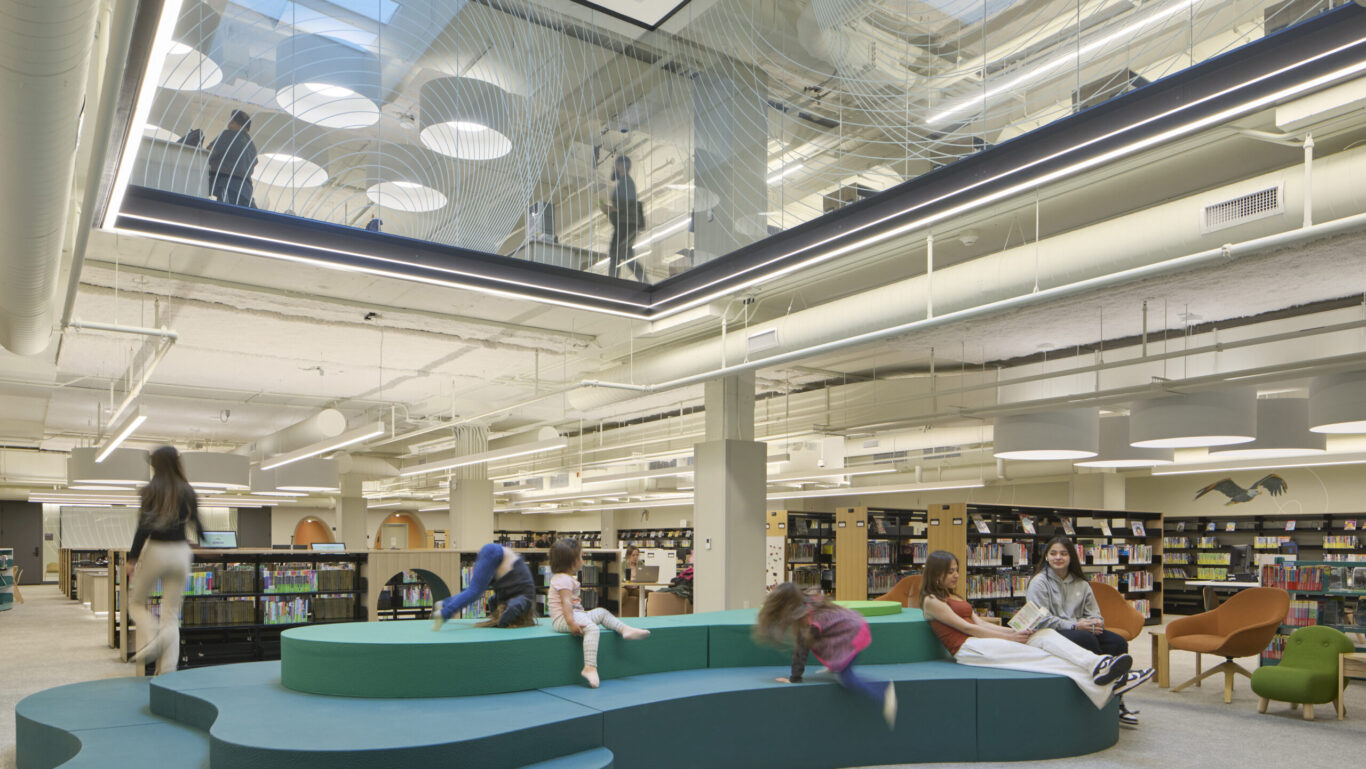
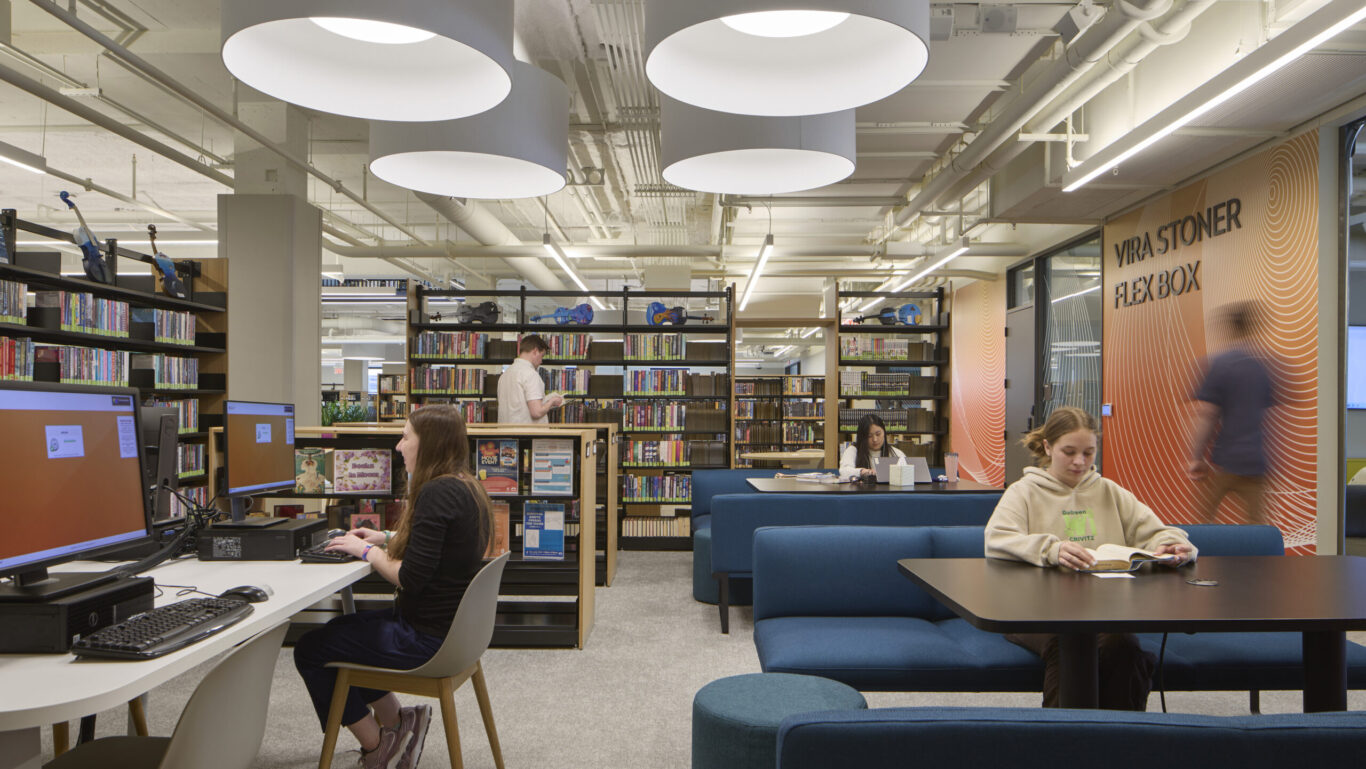
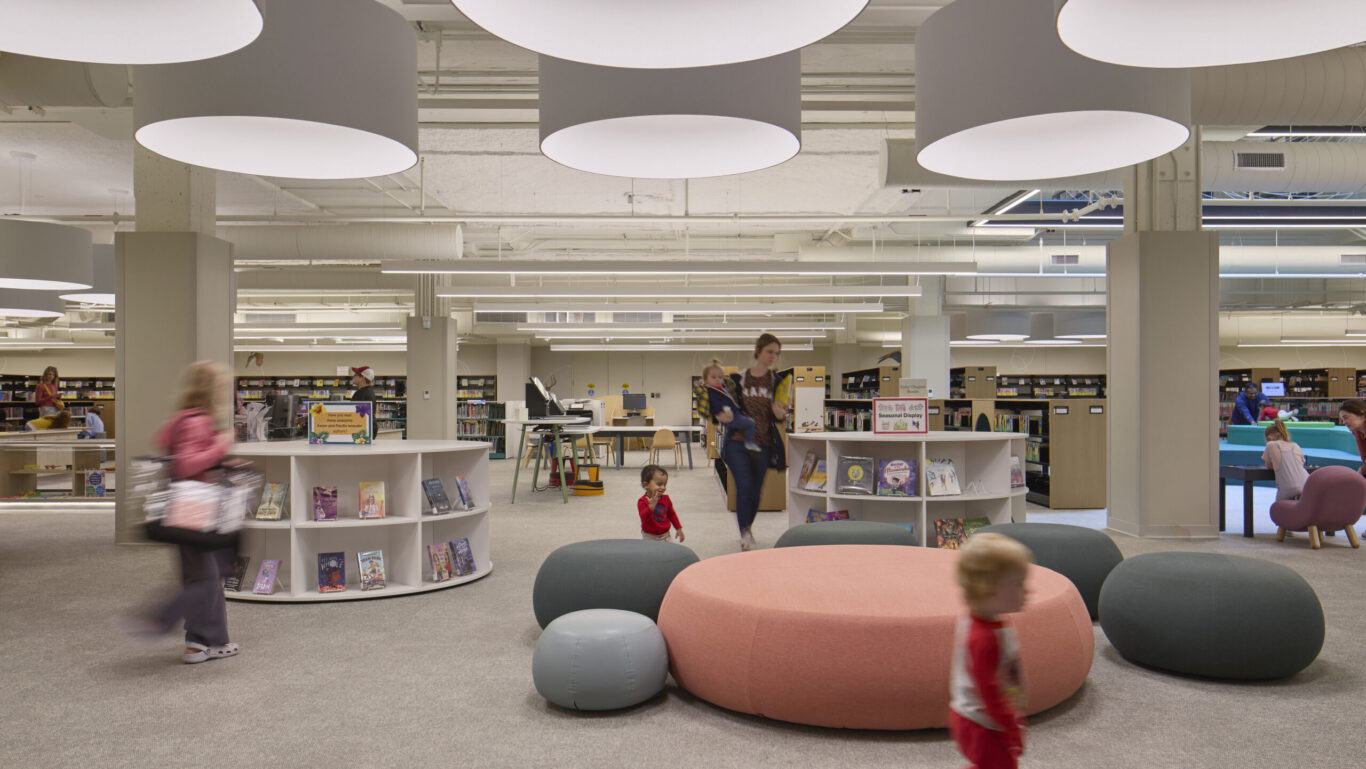
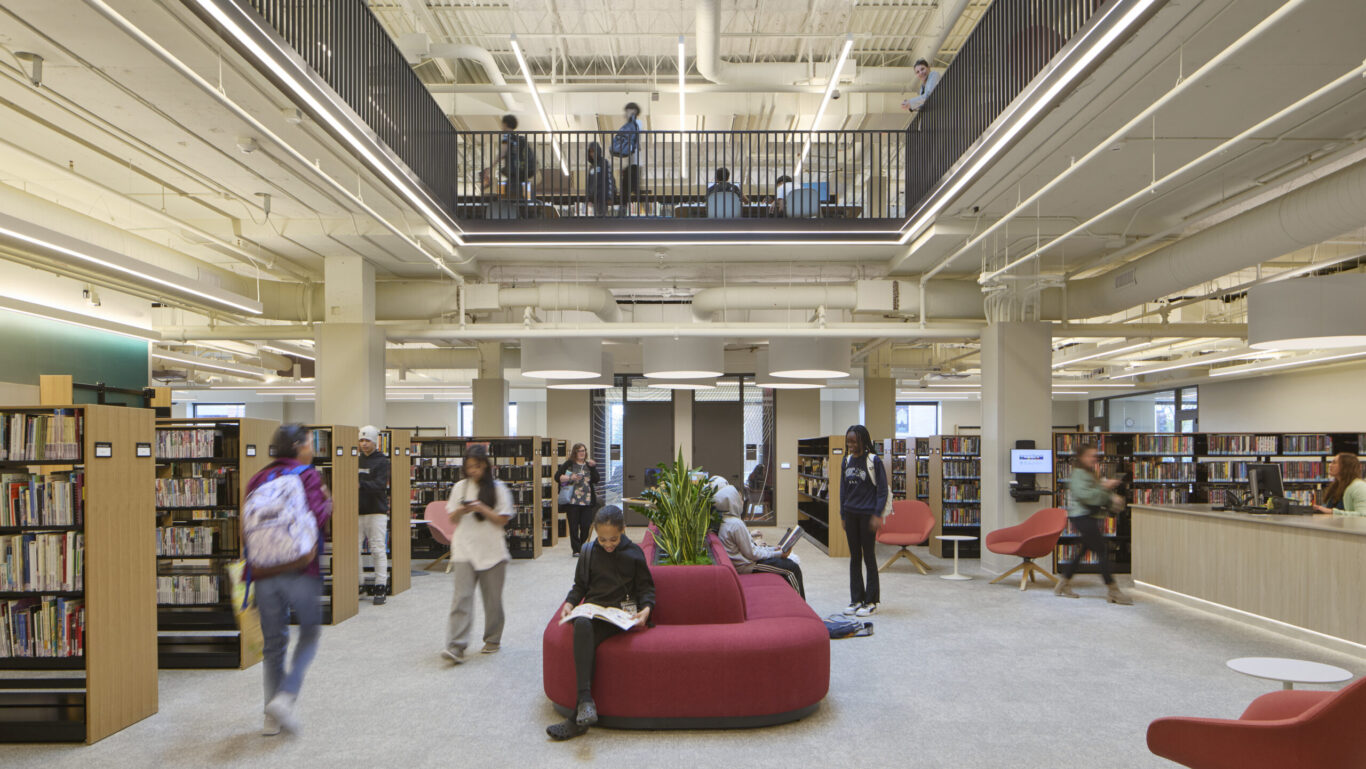
Los Angeles, California, United States
01/